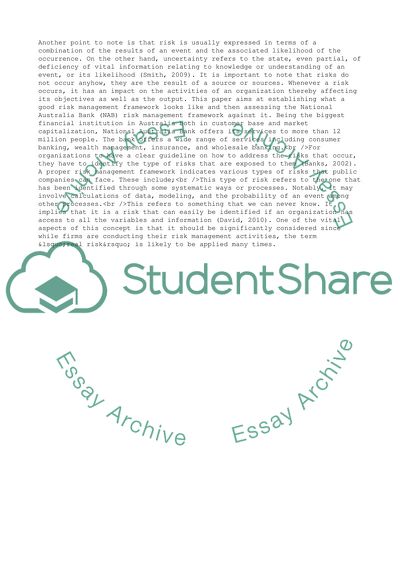Cite this document
(Risk Management Essay Example | Topics and Well Written Essays - 2500 words - 5, n.d.)
Risk Management Essay Example | Topics and Well Written Essays - 2500 words - 5. https://studentshare.org/management/1842500-risk-management
Risk Management Essay Example | Topics and Well Written Essays - 2500 words - 5. https://studentshare.org/management/1842500-risk-management
(Risk Management Essay Example | Topics and Well Written Essays - 2500 Words - 5)
Risk Management Essay Example | Topics and Well Written Essays - 2500 Words - 5. https://studentshare.org/management/1842500-risk-management.
Risk Management Essay Example | Topics and Well Written Essays - 2500 Words - 5. https://studentshare.org/management/1842500-risk-management.
“Risk Management Essay Example | Topics and Well Written Essays - 2500 Words - 5”. https://studentshare.org/management/1842500-risk-management.


